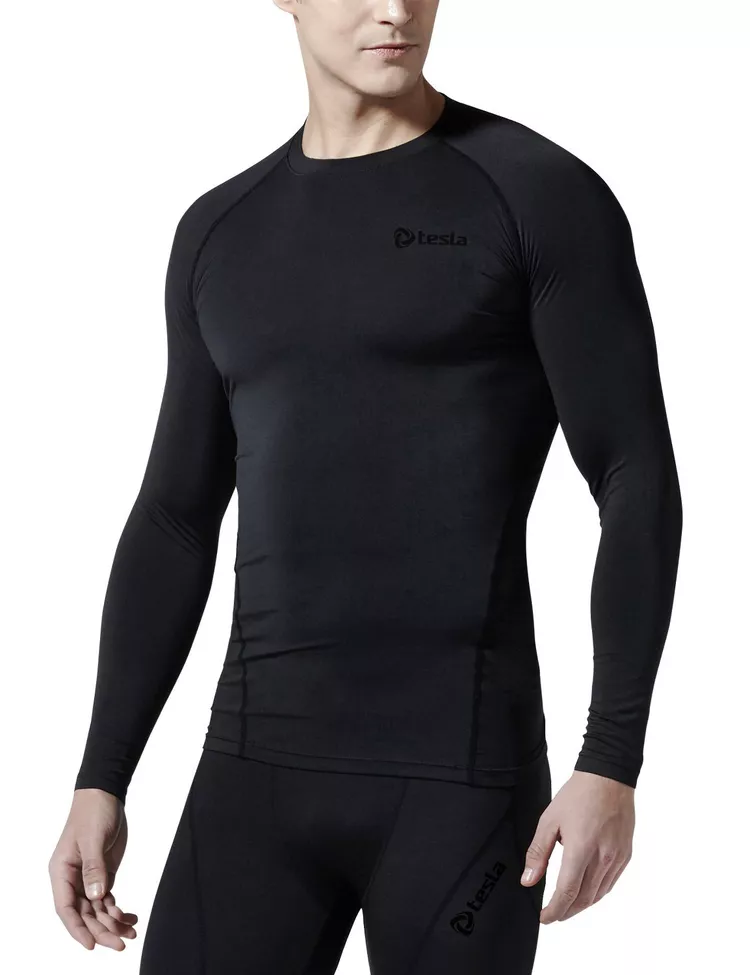Summary
Base Layer Clothing
Dressing in layers is essential on any cold ski day. At higher altitudes, it can be windy and much colder, hence being prepared is vital. You can always remove a layer if the sun emerges, warming the mountain; however, if the weather remains frigid, layers are indispensable in keeping you warm. Dressing in layers is key to staying warm on any ski day.
Your first layer is your long underwear (a shirt and pants). Traditional “long-johns” crafted from cotton, wool, or flannel may not keep you comfortable on the slopes. Instead, opt for breathable under-layers designed to wick perspiration away from your body, eliminating any cold, clammy feeling. These base layers are available in men’s and women’s styles.
While numerous companies offer base layers specifically formulated for skiing, certain brands like Columbia ($), Hot Chillys ($$), Smartwool ($$), Underarmour ($$$), and CWX ($$$$) have distinguished themselves:
Mid-Layer Clothing

The next layer is the insulating mid-layer. You might wear anything from a sweater, a turtleneck, or an insulating shirt specifically designed to keep you warm without adding unnecessary weight. Numerous skiers prefer to wear vests, while others select sweatshirts for insulation. Regardless of your choice, ensure that your mid-layer provides sufficient warmth, as it plays a crucial role in your overall comfort.
Optional Fleece/Soft Shell Layer

For colder conditions, some skiers opt to wear a fleece layer beneath their ski jacket. While fleece is a common choice, a soft-shell jacket can also provide incredible warmth on particularly cold days. Although this layer is not mandatory, it can be advantageous during extremely cold or windy conditions.
Brands like Columbia ($), The North Face ($$), Patagonia ($$$), and Arcteryx ($$$$) are worth considering:
Outer Layer

Your ski jacket and ski pants are likely your most significant investment, yet they are also the most crucial garments for comfort and protection.
A ski jacket shields you from the elements, with various styles available. The two primary types include insulated jackets, which not only protect against wind, snow, and rain but also keep you warm. Conversely, shell jackets serve to guard against harsh conditions but lack insulation, making them less effective in retaining warmth.
Ski pants come in both insulated or shell styles and are essential for maintaining warmth and comfort. Opt for a jacket that is totally weatherproof: insulated, seam-sealed, waterproof, and windproof.
Fortunately, regardless of your budget, a variety of options are at your disposal.
Accessories

Lastly, ski accessories play a critical role. Ski goggles keep the sun and snow from your eyes, and you will require additional accessories to protect your entire body. Goggles come in a variety of lens colors, yet yellow lenses are often the most versatile option.
Your hands require mittens or gloves, and a warm head needs either a hat or a helmet. Remember, significant heat is lost through your head, making a warm hat or helmet essential.





